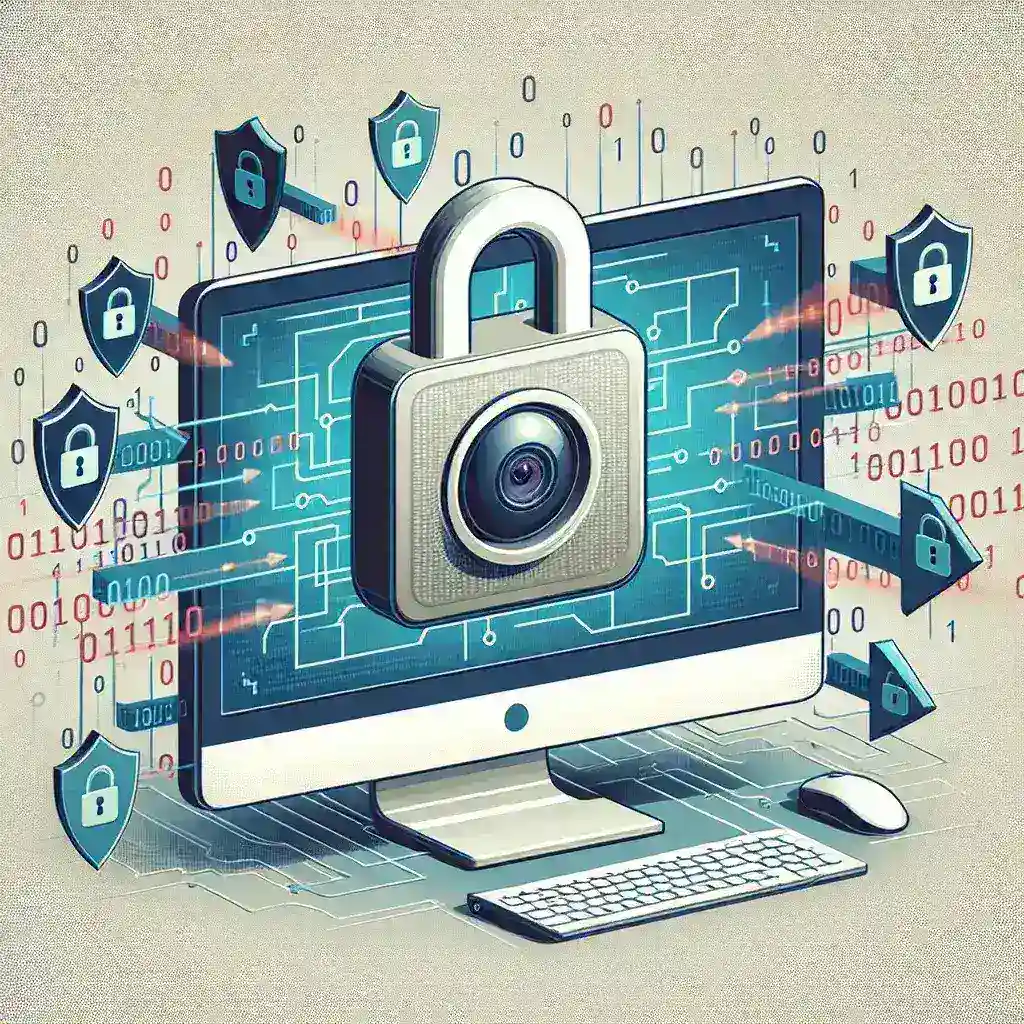Introduction
With the growing concerns about cybersecurity, securing your webcam from unauthorized access has become a crucial step in protecting your privacy. Unauthorized access to your webcam can lead to significant privacy breaches and cyber-attacks. This article provides a comprehensive guide on how to secure your webcam effectively.
Why Webcam Security is Important
Webcams are now integral to our daily lives, especially with the rise of remote work and online communication. However, they can be easily targeted by hackers to spy on users and gather sensitive information. Understanding the importance of webcam security is the first step in preventing unauthorized access.
Common Threats to Webcam Security
| Threat | Description |
|---|---|
| Malware | Malicious software designed to take control of your webcam without your knowledge. |
| Phishing Attacks | Techniques used to trick users into installing malware that can access the webcam. |
| Remote Access Trojans (RATs) | Type of malware that allows hackers to remotely control your device, including the webcam. |
How to Secure Your Webcam
1. Use a Webcam Cover
One of the simplest and most effective ways to secure your webcam is by using a webcam cover. It is a physical barrier that prevents the camera from capturing video when not in use.
2. Update Your Software Regularly
Ensuring that your operating system, antivirus software, and all applications are up to date is crucial. Software updates often include security patches that protect your device from known vulnerabilities.
3. Enable Two-Factor Authentication
Two-factor authentication adds an additional layer of security to your accounts by requiring a second form of verification before granting access. This can prevent unauthorized users from accessing your device and webcam.
4. Use Antivirus and Anti-Malware Software
Install reliable antivirus and anti-malware software to detect and remove any malicious programs that may try to access your webcam. Regularly scan your device to ensure it is free of threats.
5. Adjust Webcam Settings
Most webcam software allows you to customize settings to enhance security. For instance, you can set the webcam to notify you or turn on a light when it is in use. Additionally, you can disable the webcam when it is not needed.
Advanced Security Measures
1. Use Strong Passwords
Ensure that you use unique and strong passwords for your accounts to prevent unauthorized access. Consider using a password manager to keep track of your passwords securely.
2. Secure Your Network
Use a strong, encrypted Wi-Fi network to prevent unauthorized access to your devices. Set up a virtual private network (VPN) to encrypt your internet traffic and enhance security.
3. Monitor Your Device
Regularly check your device’s activity to detect any unusual behavior. If you notice any unauthorized access, take immediate action by disconnecting from the internet and scanning for malware.
4. Educate Yourself and Your Family
Stay informed about the latest cybersecurity threats and share this knowledge with your family. Encourage good security practices to minimize the risk of unauthorized access to your webcam.
Conclusion
Securing your webcam from unauthorized access is of paramount importance to protect your privacy and sensitive information. By following the tips and strategies discussed in this article, you can significantly reduce the risk of your webcam being compromised.
Stay vigilant, keep your software updated, and continuously educate yourself about potential threats to ensure your webcam remains secure.

